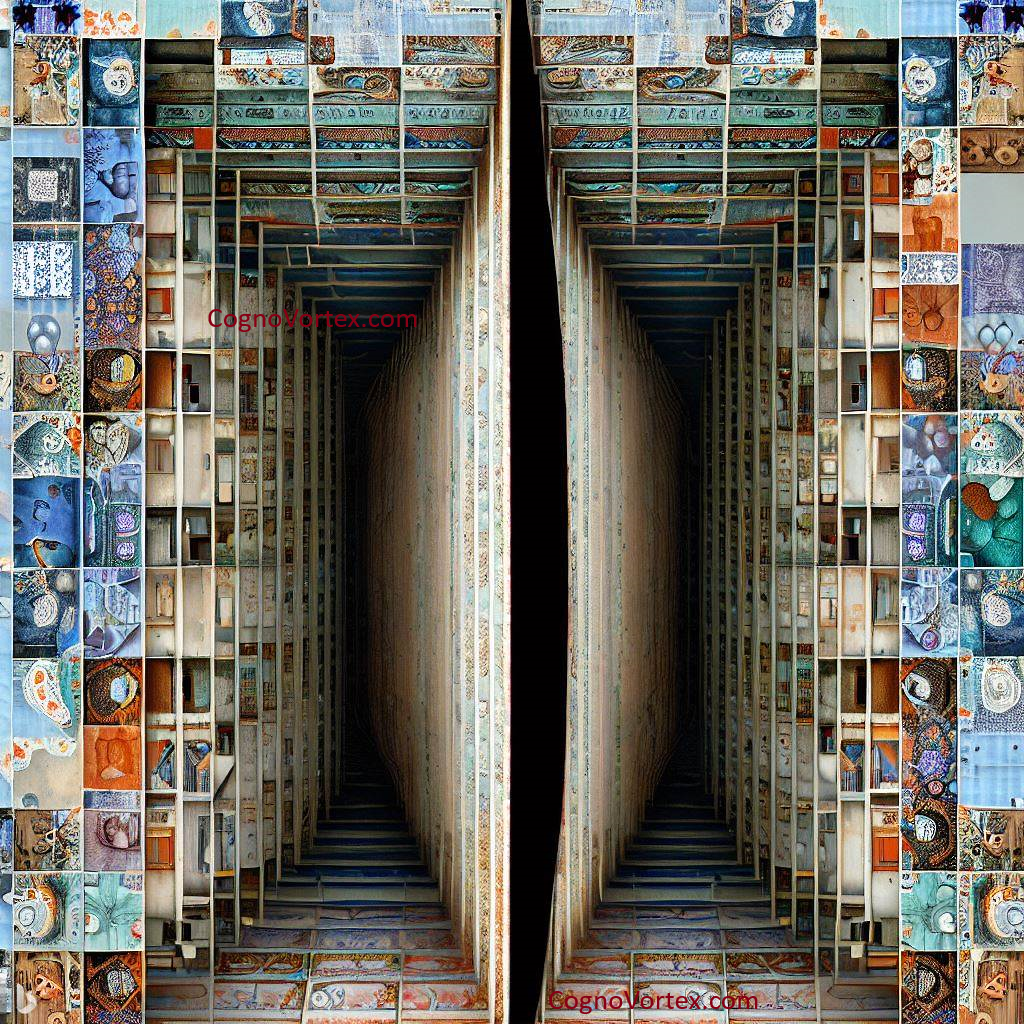The mind’s implicit physics lives in the structure of the gap. In perception, gaps mark the places where thoughts and sequences leave the terrain of continuity, revealing the intervals that bridge concept to concept, sense to sense. When a number line is viewed not just as a succession of values but as marked by gaps, a subtle yet profound distinction emerges. The oddness or evenness of a sequence changes based on whether gaps are included in the count. In other words, including or omitting gaps in a tally reflects a deeper truth about structure, separation, and the limits of cognition. But more crucially, this concept of gaps reveals the implicit logic by which we organize both perception and abstraction.
Consider a visual scene: each object recognized, isolated from the surroundings by a perceptual “chop,” represents a break in the seamless field of potential awareness. Each identified form stands out because it’s “cut out” by the mind’s axe, isolating figure from background, concept from continuum. These perceptual gaps are effectively what make discrete perception possible. It’s only by this structure of gaps—like spaces between rungs of a ladder—that we move between one thought and the next, bridging what would otherwise remain an unending sensory blur.
However, gaps in behavioral scripts introduce a different rhythm. Here, gaps don’t just separate one thought from another; they are the start and end markers in the mind’s sequences for engagement with the world. The Law of Effect functions as the mind’s way of defining boundaries around successes and failures. The “chop” marks that divide experiences gain strength through rewards or punishments, mentally flagging segments of experience that should be either repeated or avoided. Thus, gaps here serve as breaks, yes, but also as cognitive bookmarks that determine when a sequence is completed or must restart.
Logical structures, like mathematical equations or behavioral strategies, thrive on this framework of beginnings and endings because they’re behaviorally economical. Once certain equations or scripts prove reliable and efficient, our mind anchors them as closed sequences. Successive applications create logical dependencies, turning gaps into connectors within abstract reasoning. A sequence, an equation, or a script can only begin where the previous one ends—a phenomenon that, when extended to abstract logic, results in the appearance of seamless reasoning.
Language, too, survives by inhabiting a system of gaps. Words signify objects, qualities, and actions; their meanings are the cognitive fill between the words themselves. Language exploits gaps, binding meanings to symbols, and letting the spaces between words structure a sequence of thought, or a sentence. But there’s a deep equivocation here: language is a mere representation, not reality itself. Language allows cognition to organize and navigate its world, but in doing so, it requires the mind to make symbolic connections across gaps that don’t actually exist in the external world.
So gaps are not merely absences but structural necessities: they impose boundaries on cognition, channeling perception, scripting behaviors, and solidifying abstractions. To perceive without gaps would be to confront an undifferentiated mass where cognition has no purchase. And just as gaps in number sequences give rise to mathematical properties, so do cognitive gaps give shape to our concept of sequence, logic, and understanding.
